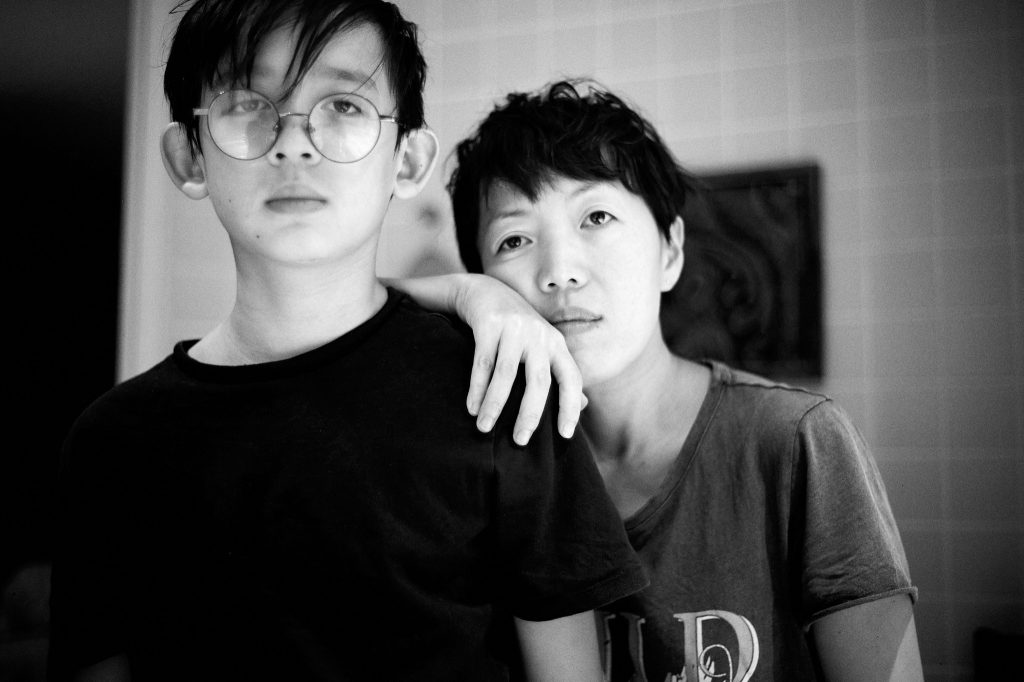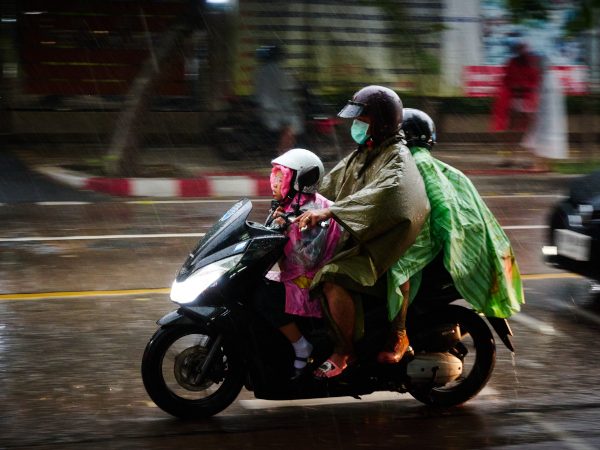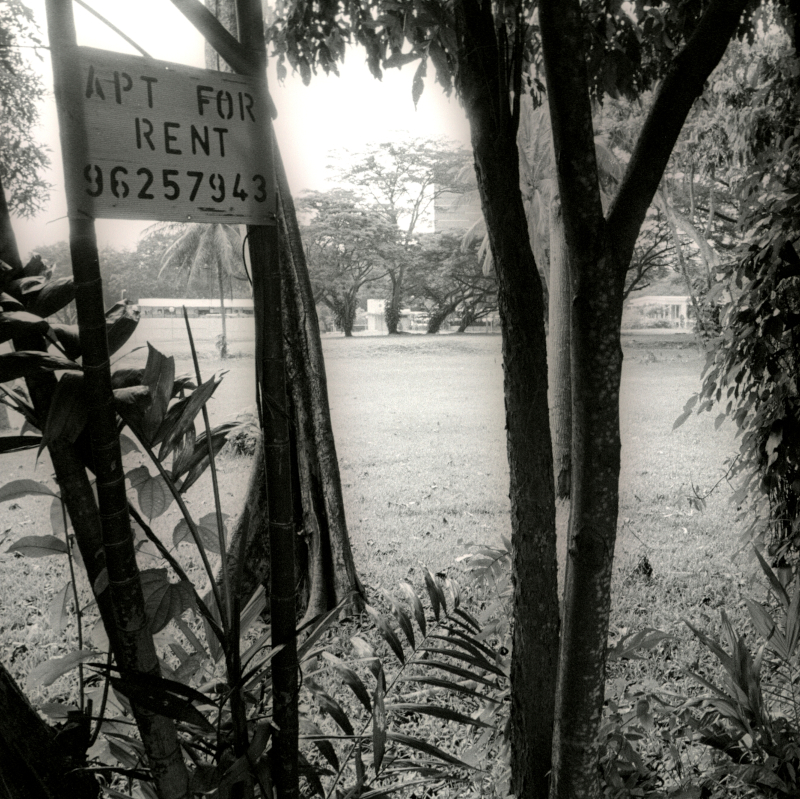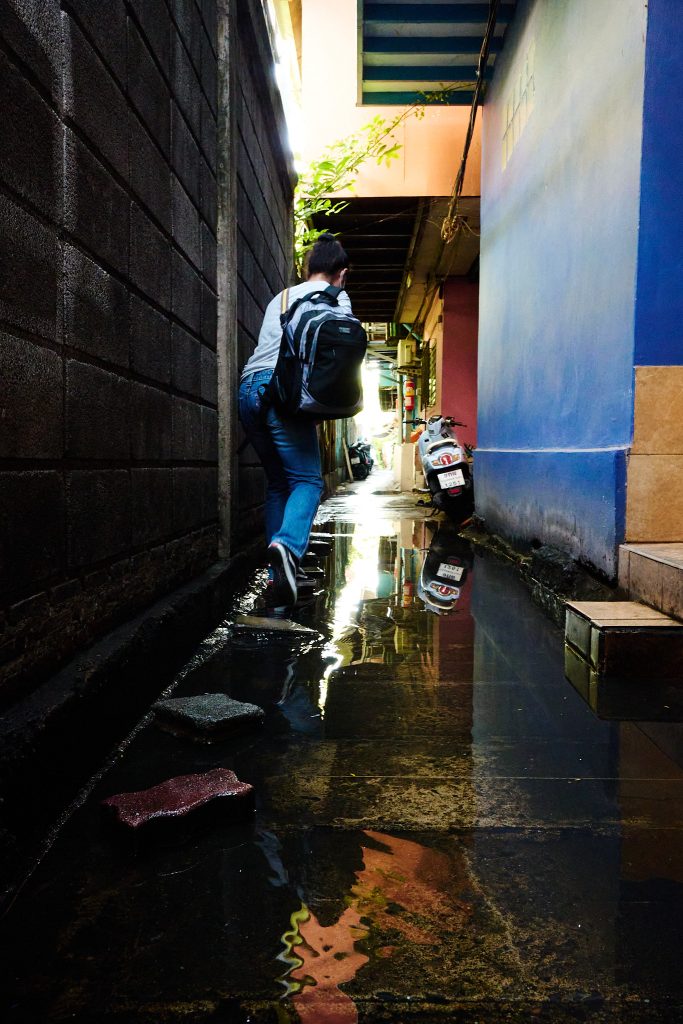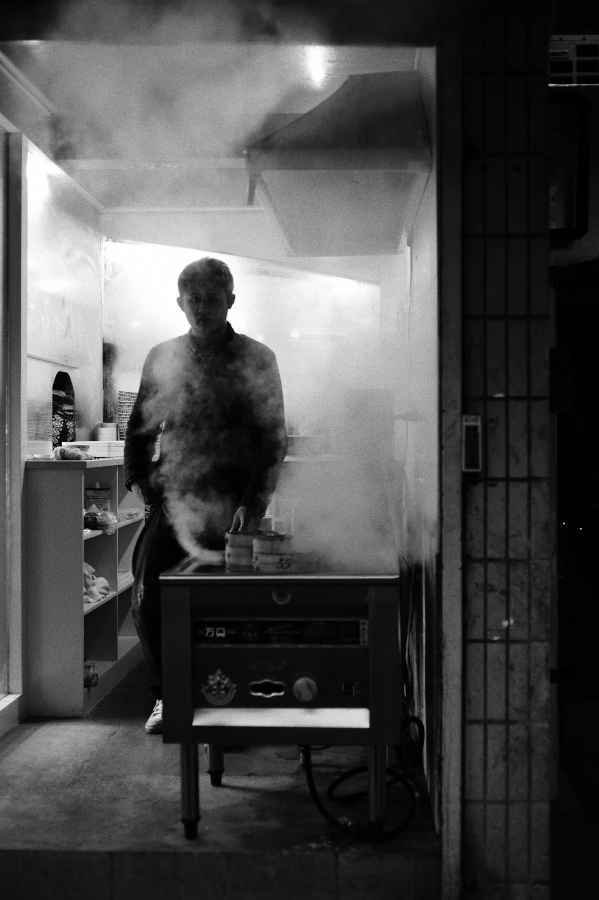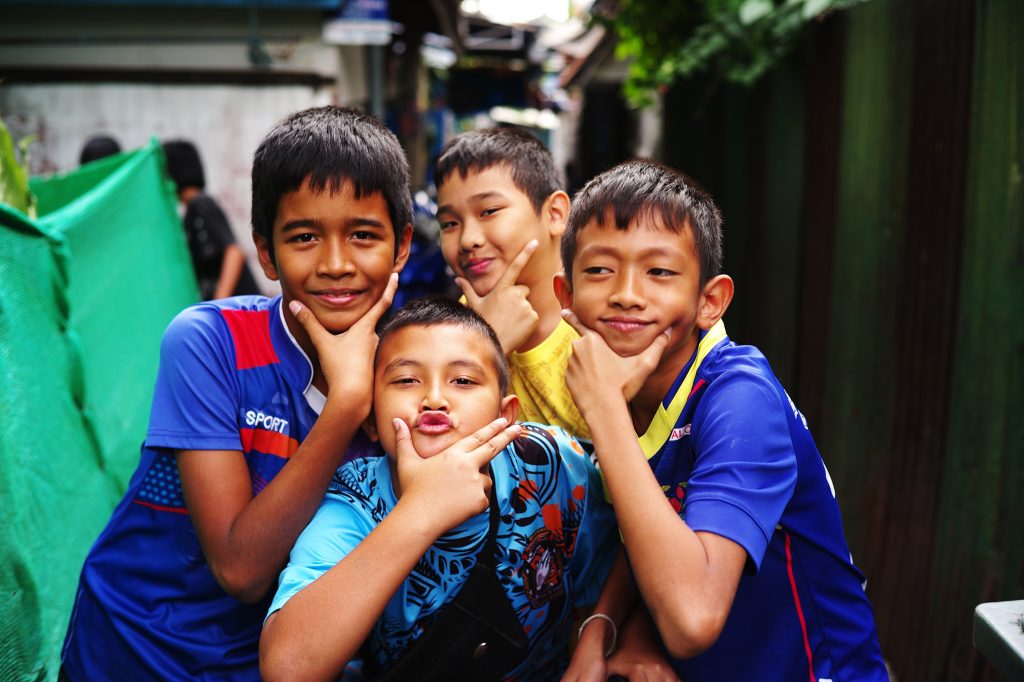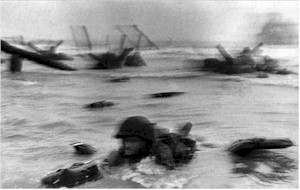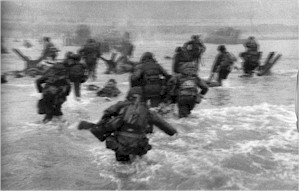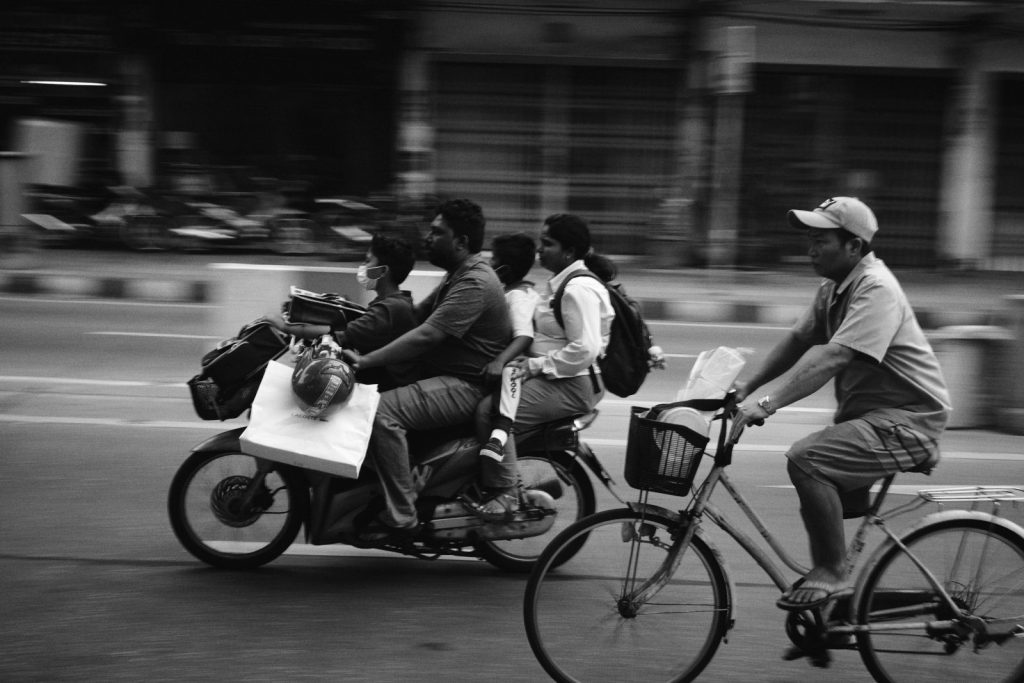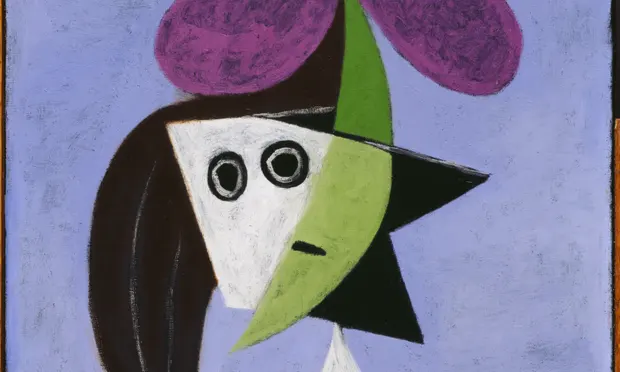Street photography
Street is a theatre where happens the life of a city. People come and go, kids play, here takes place the history of a people. By those small details, the photographer has the duty to record nothing less than history.
Have you ever watched the street photographs of Cartier Bresson ?
Cartier Bresson did not do more than just recording with his camera the day to day life of passing people in various situations. They were interesting at that time because Henry Cartier Bresson is a great photographer at any time, but they are even more today because they show a time who has disappeared already.
The time of today is the time of today, it will eventually disappear all the same. Because rules and laws change, because tradition is lost and new habits come to replace old habits. Images of the city change day by day.
The street photographer has the duty to record images of this theatre at this very moment.
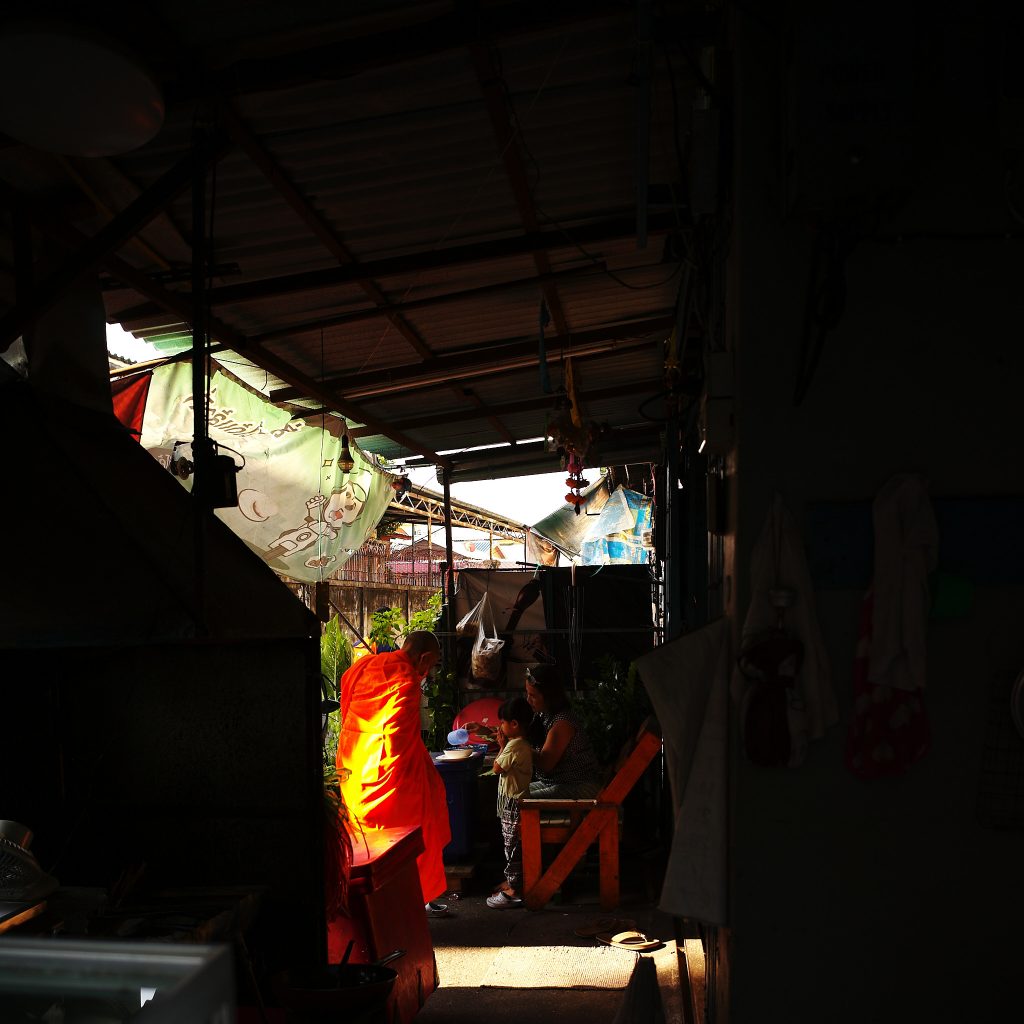
A priest is giving a blessing inside a house. Bangkok 2023.
If the art of photography follow rules, the art of street photography has none but the daring of each street photographer. What I share here is only my view, my way of doing things, most of those rules should apply in most cases, but some people are more daring than others.
To make street photographs, I run the street. I walk more than ten kilometers every week end in the streets of wherever I live at the time and I shoot, I shoot again and I still shoot until I can not shoot anymore. To force me to shoot more, I use the guilt feeling of purchasing expensive photographic gears, I would not feel good not using them, so I go out and use them to take shots of whatever surrounds me.

A woman is cleaning some dishes in the street, Nanjing, China 2010.
I improve my technical knowledge. Whatever my camera does automatically for me, I must be able to do it myself. Preferably, I work in manual mode, make my own focus, use a hand cell to define the shutter speed and the aperture. This knowledge will give me the mean to alter the photograph at the time of taking the shot, not trying to get things good during the post processing.
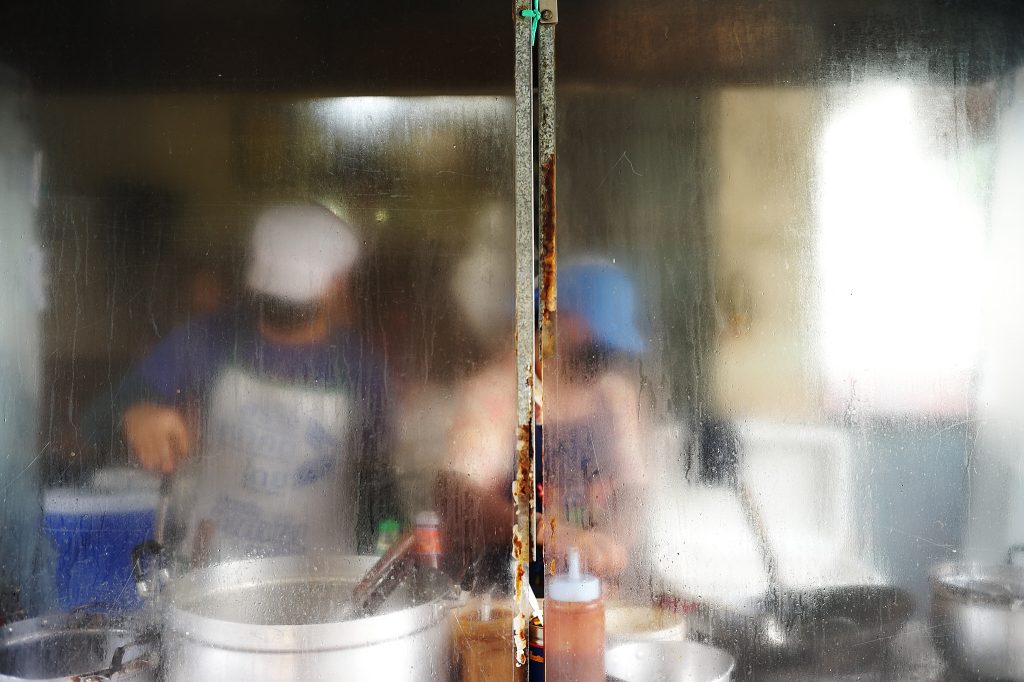
Street cooks, Bangkok, Thailand 2023.
I mostly shot people in action. A theatre means that there is an action, it happens that the action is performed by animals or vehicle, but most of the time, action is performed by people. So I take photographs of people while they are doing things, trying to not be seen myself (otherwise, it would change the way they perform their action).
I prefer wide angle lenses. Believe it or not, I have less chances to be seen taking photographs of people when I’m close to them using a wide angle than when I’m far and using a tele-lens. Ma favorite lens is the 21mm, but I’ve worked with some 12mm in the past.
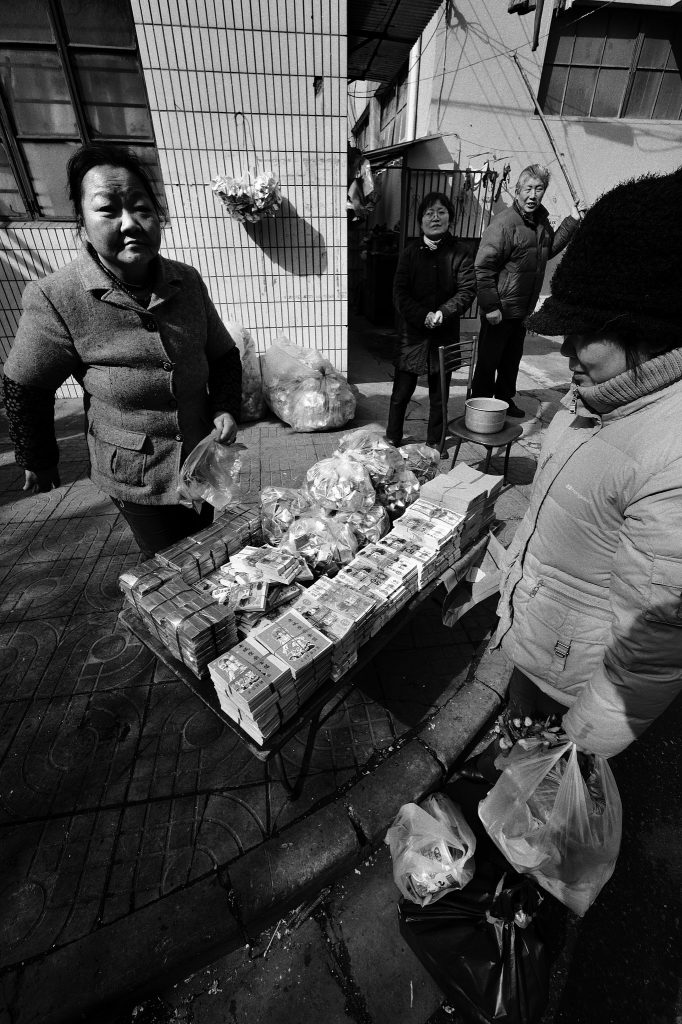
Nanjing, China, 2010. Nikon D700 with the 15mm Nikkor.
When people see me, I smile, I great them, say “hello”, re-assure them on my intention. Most of the time, it happens good, people just want to ensure I mean them no harm, but it happened in the past that I face people unhappy to be in the photograph, even become aggressive, I usually leave the place.
I never shot inside private property without prior autorisation. Living in Thailand, where the border between private property and public place can be quite blur at some time, I miss many shots because of this rule. But that’s a point that I would not like anybody to be invasive in my home, so I’m not invasive in their home.
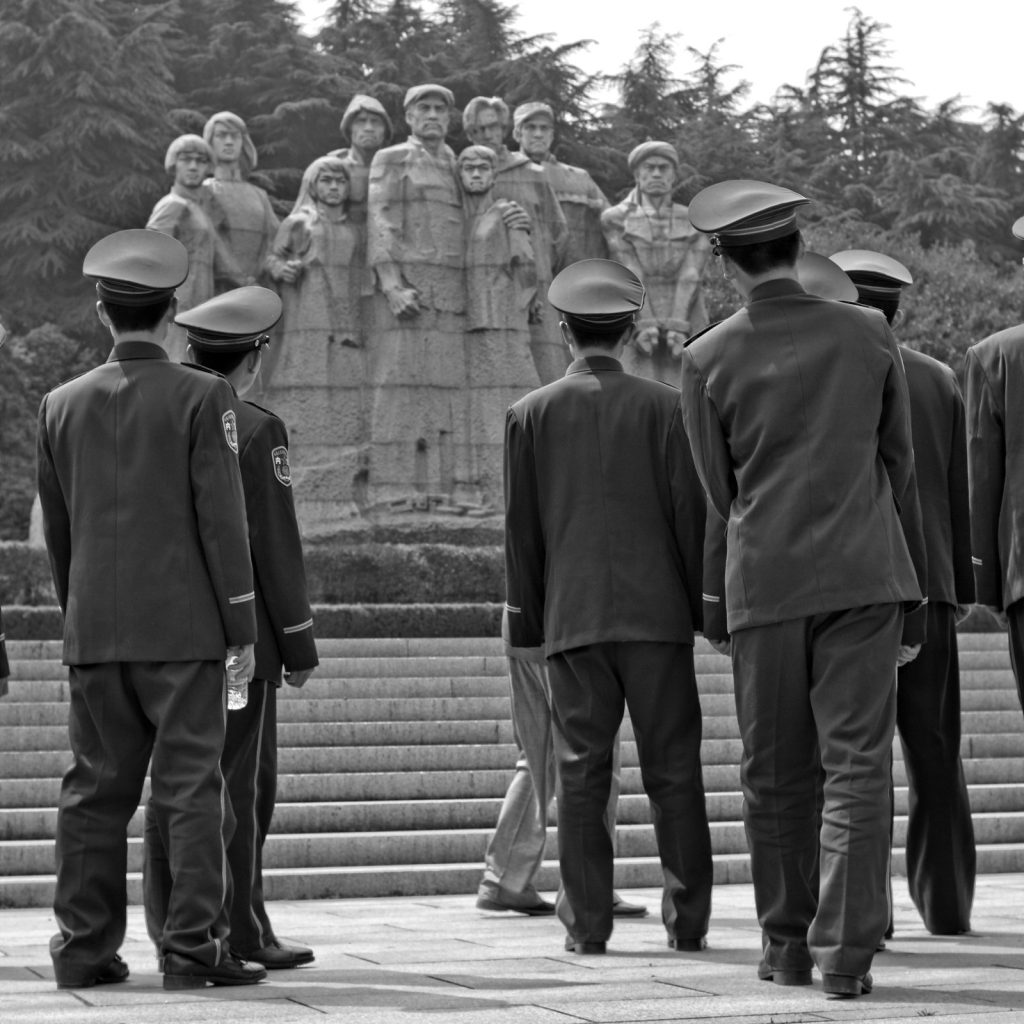
Nanjing, China 2008
I learnt that I must never shot official and governmental facilities, ports, airports, train stations and especially military facilities (that can lead to a whole lot of problems). However, most of the time, there is no issue to photograph police in action (it may depend on the country). I’m not a reporter, so I prefer to stick with street photographs.
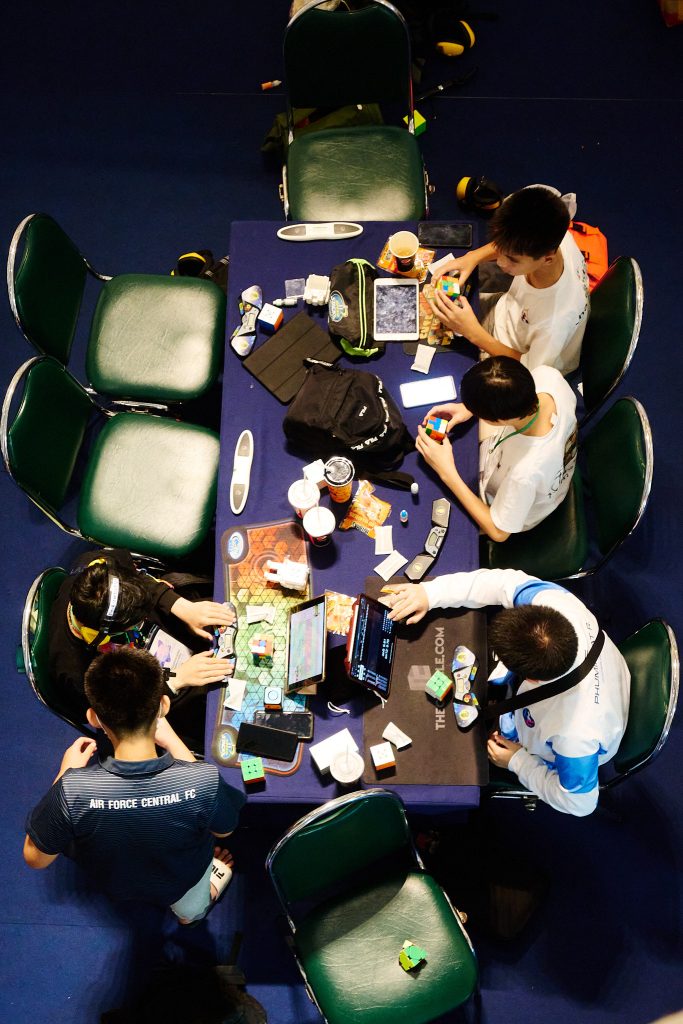
Rubik cube competition, Bangkok 2023
I use every opportunity and join events when I can. During events, I don’t hide myself to make photographs, on the contrary, I’m invasive. It’s a place where people will even perform better in front of the camera, it gives them more importance.
I travel light, in fact it depends. When I’m walking in a city where I live, I know I’ve time for myself. So I take one camera and one lens and I do my day with that. When I cover an event or when I travel, I usually work with two cameras and three lenses. As my lenses are M mount (whatever the camera I use), they’re quite small and light. I never bring my whole set when going out, it’s too heavy and it does not make sense, I’ll never use all this stuff in just one day.
